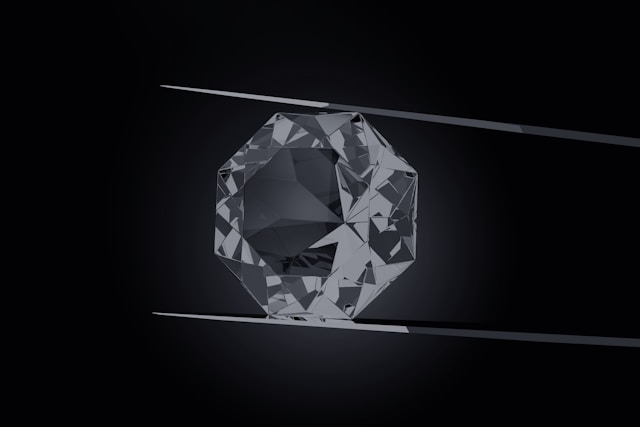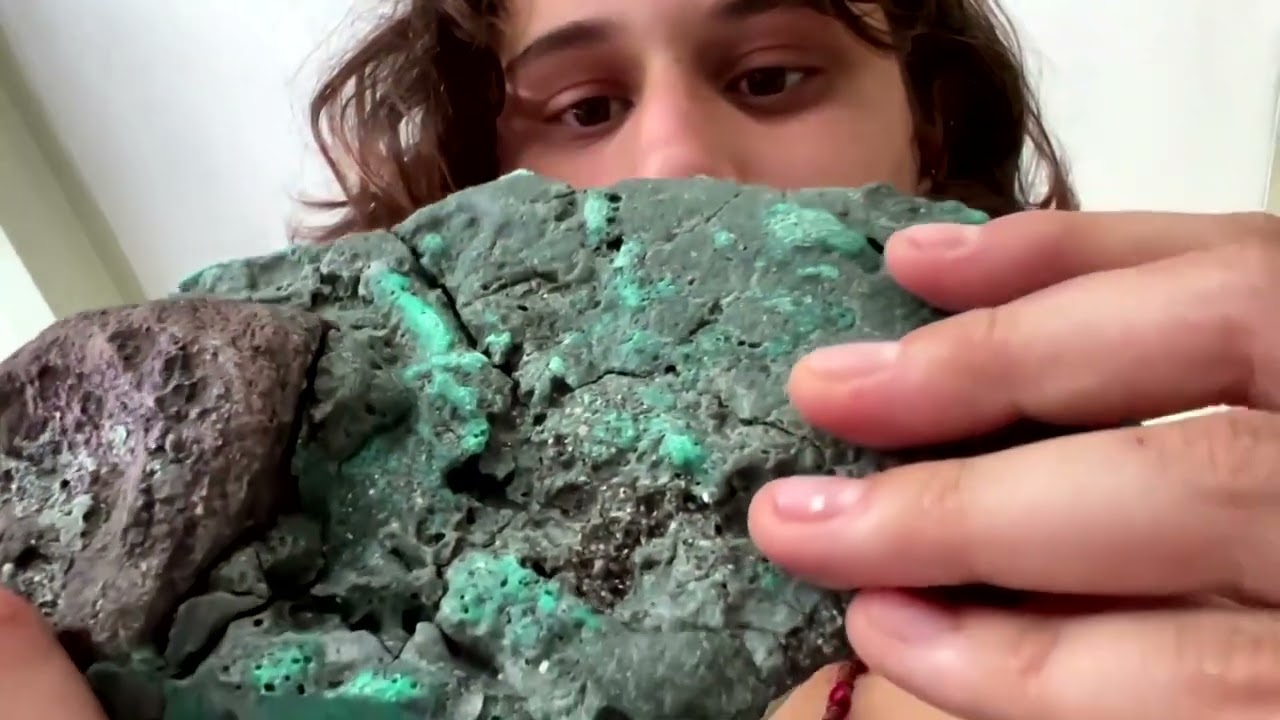Plastics play an important role in our daily life. From electronics to packaging and vehicles, plastic is everywhere. In fact, the world produces approximately 300 million tons of plastic each year.
Unfortunately, plastic also hurts our landfills and bodies of water. Once discarded, it takes centuries to break down into smaller pieces, and never completely goes away, which is becoming a major problem worldwide.
However, a team of researchers at North Dakota State University, Fargo, might have found a possible solution to this serious environmental issue by creating a new type of plastic that can be broken down when exposed to a specific type of light.
The research team focused on biomass, a renewable resource using oilseed from agricultural crops, cellulose, lignin and sucrose to generate building blocks of molecules that are made into polymers to create plastics.
For their experiment, they used fructose, found commonly in fruit to create a solution of molecules to convert into plastic. The plastic was then exposed to the ultraviolet light at 350 nanometers for three hours.
Eventually, this process degraded the plastic and reduced it back into the soluble building block molecules that created it.






